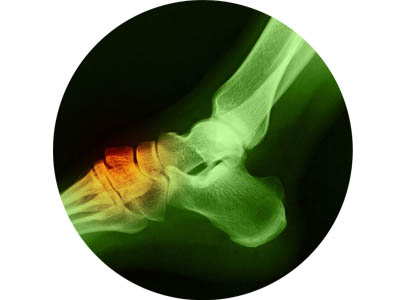
Ankle and Foot Orthoses (AFOs)
Q> What are AFOs?
Ankle and Foot Orthoses (AFOs), or splints, are external devices which are used to:
- Improve or prevent a physical deformity
- Stabilise a joint or joints
- Reduce pain
- Improve mobility or performance
- Reduce the risk of injury
They have been used for many years to help manage the gait (walking pattern) of children with hemiplegia. They are used to reduce unwanted and uncontrolled movements associated with muscle imbalances, weakness or increased tone (tightness) in the lower leg and the foot and ankle orthoses AFOs.
Abnormal movement in children with hemiplegia often means a tip-toe walking pattern (equinus or plantarflexed gait) with the added complication of the ankle becoming twisted outwards (varus ankle) or collapsing inwards (valgus ankle). Posture problems in children with hemiplegia .
Q> Do all children with hemiplegia need an AFO?
Not all children need an foot and ankle AFO. But those who do not have the problems of a toe walking gait may still have general weakness or some instability of the ankle joint complex. This can lead to problems of balance, such as walking with legs wide apart and general loss of confidence.
Solid Ankle AFO
AFOs can be made with a solid ankle complex which holds the foot and ankle at 90° to the lower leg (neutral plantargrade position). This prevents the foot and ankle from being pushed down (plantarflexion) and prevents the development of a toewalking gait as well as sideways movements of the ankle (Valgus &Varus movements), but it can hold back the child’s development by not allowing dorsiflexion to occur.
Articulated or Hinged AFO
The hinged AFO is in many ways very similar to the fixed ankle type. During the manufacture of the hinged AFO a simple mechanical joint is fitted at the level of the ankle joint and incorporated into the moulding. A backstop is also fitted behind the ankle to prevent plantarflexion (toe walking).
A hinged AFO allows dorsiflexion to occur while preventing all plantarflexion past 90 degrees (plantigrade 90o) – the child can bend his or her foot upwards but not downwards.
A hinged AFO provides the same medial (inside) and lateral (outside) stability for the ankle as a solid ankle AFO and so prevents valgus or varus positioning.
A hinged AFO can provide a more natural, fluent gait, allowing the foot and ankle orthoses to dorsiflex during daily activities such as standing from sitting, sitting from standing, crouching, going up and down stairs, walking up hill and walking backwards.
However, hinged AFOs are wider at the ankles and this can create more problems when it comes to fitting them into regular footwear.
Footwear and adaptations
The measures which can help reduce ankle and foot orthoses instability range from simple supportive footwear, to footwear with adaptations, to complex multi-material biomechanical and functional foot orthoses.A prescription foot orthosis is an in-shoe brace.
Footwear alone has little effect on severe foot instability, but can be useful for improving stability in an unstable ankle when the child starts to walk. The special footwear has a wide, flat, goodgripping sole with increased stiffening around the ankle and this can help give the child a greater sense of balance. But be aware that the foot itself may still roll around inside the boot unseen and therefore careful fitting of this type of footwear is essential.
Ankle Foot Orthoses are beneficial for treatment of many medical conditions and injuries. A prescription foot orthoses is an in-shoe brace.
Adaptations to footwear, such as wedges to the inside (medial) or outside (lateral) of the boot, can help increase control over unstable ankles.
